In the dim-lit corners of urban parking garages, beneath overpasses, and across repurposed industrial lots, something is revving back to life in 2025: the urban car meet. Once considered the domain of midnight racers and underground tuners, these gatherings are shedding their rebellious reputation and evolving into hybrid cultural hubs. After the forced isolation of the pandemic years, young enthusiasts are reclaiming physical space with turbocharged energy—bringing their cars, cameras, custom builds, and communities into real-world sync. The scene isn’t just alive again; it’s expanding, transforming, and broadcasting itself to the world in ways that feel both nostalgic and completely new.
From Illicit Gatherings to Structured Social Engines
The pre-pandemic era saw urban car meets walking a fine line between social expression and legal liability. Many meets operated in legal gray zones—public parking areas or private lots after hours—drawing attention from law enforcement as noise complaints and impromptu races flared. When COVID-19 hit, the gatherings evaporated almost overnight. Yet in that digital pause, a transformation began. Platforms like TikTok, YouTube Shorts, and Instagram Live became the default avenue for car lovers to connect, show off builds, and debate mods.
Now in 2025, as the world has returned to real-life interaction, these meets are returning with lessons learned. What once began as decentralized, semi-clandestine gatherings have begun to shift toward semi-permitted or even fully sanctioned events. Municipalities in cities like Berlin, Los Angeles, Osaka, and São Paulo are experimenting with zoning certain lots or industrial areas for “modified vehicle social hours,” using the events as urban cultural assets rather than liabilities. With insurance models, waivers, and curated entry, the modern car meet isn’t just tolerated—it’s supported.
Car Spotting and Street Photography Go Mainstream Again
One of the most visible signs of the car meet revival is the resurgence of street photography around cars. The once-niche culture of “spotting” rare, exotic, or wildly modified vehicles has exploded into a genre of its own. Content creators with DSLRs, drones, and phones roam meets capturing everything from vintage JDM icons to electric drift conversions. The visual appeal of backlit paint jobs, glowing undercarriage LEDs, and aggressive carbon fiber kits is more than aesthetic—it’s algorithmic. Platforms reward content that stops the scroll, and the hyper-stylized visuals of modern car culture deliver.
In Tokyo’s Daikoku PA, photographers now outnumber drivers on some nights, hunting for the perfect rolling shot or stealthy low-light angle. Even suburban parking lots host spontaneous visual battles between teams trying to one-up each other’s edits. The trend reflects a broader shift in car culture—where the car is not just a machine but a lens through which social identity, creativity, and technical craft are expressed.
Live Streams, Mods, and Monetization
With the meet’s comeback has also come a new layer of economic infrastructure. What used to be side conversations about coilovers and mufflers in the cold have now turned into livestreamed mod showcases, monetized via Patreon, Twitch, or affiliate links. Builders aren’t just sharing their latest installations—they’re marketing them. In some circles, livestream walkarounds generate hundreds of concurrent viewers, and content creators act as mobile hosts, jumping from car to car while their audience drops comments, likes, and cash tips in real time.
Performance shops and detailing brands have taken notice. Many now sponsor local meetups, offering discounts or prizes in exchange for exposure, and some have created “pop-up install” zones within the meet itself. YouTubers walk through in branded jackets, interviewing owners and teasing new project builds like artists dropping mixtapes. The line between amateur enthusiasm and small business has blurred completely.
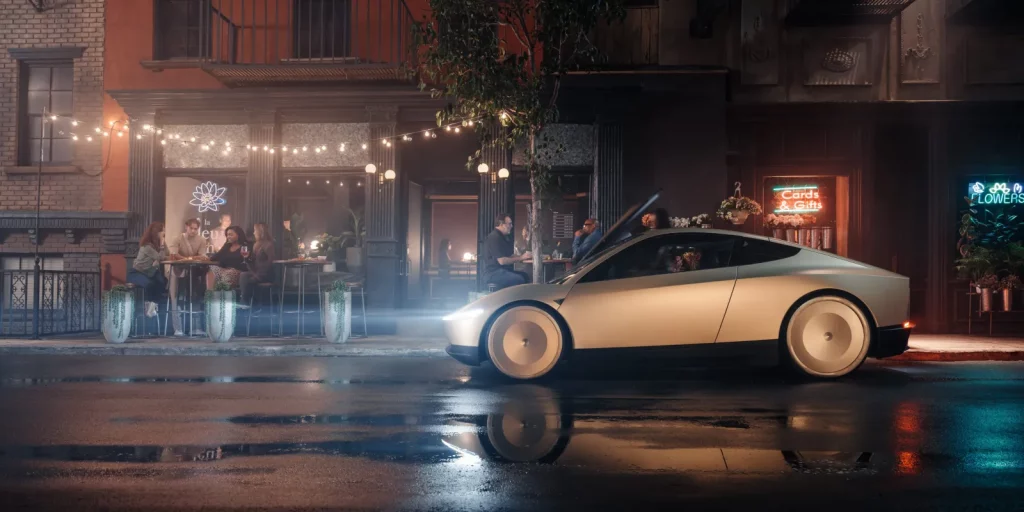
Tuning Returns to the Forefront—Now Greener and Smarter
What’s under the hood still matters, but it’s not just about horsepower anymore. Modern tuning culture is increasingly electrified and software-based. EV modders are beginning to show up at meets in cities like London and New York, with software hacks that change torque curves, lighting profiles, and UI customizations on popular EVs. Custom wheels and matte wraps meet ECU tunes and battery management system mods. Legacy ICE tuners may still dominate the noise spectrum, but the silent stealth of a lowered electric hatchback garners just as many curious stares.
Eco-consciousness is no longer at odds with personalization. Solar trickle chargers, regenerative brake light LEDs, and even mobile wind turbine displays have entered the mix, not as novelty—but as performance-plus-ethics. In fact, a growing number of young car meet organizers mandate emissions standards or “idle rules” during static displays. While some old-guard tuners resist, the shift toward future-ready builds is undeniable.
Meet Culture as Social Reclamation
There’s something deeply human about circling around a machine and talking for hours. In a world where so much socialization has shifted to screens, car meets offer tangible space for people to show up, share, and be seen. For Gen Z and younger Millennials—many of whom entered adulthood during lockdown years—this revival offers more than just automotive stimulation. It is an act of urban social reclamation.
Where once it was nightclubs or sports bars, now it’s cars. Urban car meets offer a new kind of gathering: one that’s safer, more inclusive, and surprisingly diverse. Women-led tuning crews, LGBTQ+ mod collectives, and eco-modders now coexist alongside classic petrolheads and import purists. It’s no longer just about revving the loudest—it’s about belonging. The car is a prop, a passport, and a social bridge.
Regulation vs. Rebirth: City Governments Step In
Of course, this renaissance hasn’t escaped official notice. Some cities still see car meets through the lens of risk: noise complaints, property damage, and traffic congestion. But others are beginning to adopt a different model, integrating car culture into cultural tourism or urban planning strategies. Pilot programs in cities like Rotterdam and Melbourne are creating “creative vehicle zones” with lighting, security, sanitation, and curated music—allowing enthusiasts to gather while giving law enforcement and communities peace of mind.
Importantly, organizers are adapting as well. Many now require RSVPs, enforce speed limits inside event areas, and partner with local businesses to legitimize the space. A popular approach is the hybrid festival-meet format, with live DJs, food trucks, and vendor booths. In many ways, the modern car meet is more structured, safer, and more multi-generational than ever before.
The Emotional Undercurrent: Why Cars Still Matter
For all the tech, tuning, and photography, one fundamental question lingers: why are people so drawn to this? The answer isn’t purely mechanical. Cars represent movement, freedom, personal expression, and nostalgia. During the lockdowns, these things were forcibly paused. Now, in 2025, they’re roaring back—not as rebellion, but as reassertion.
Urban car meets capture something deeper than vehicle admiration. They’re about presence, about shaping identity in a public space, about feeling part of something tactile and real. The purr of a vintage inline-6 engine, the glow of neon reflecting off paint, the clack of a DSLR shutter just before the perfect shot—all of it says: we are here, we made it through, and we still have stories to tell.
Conclusion: The Road Ahead Is Community-Driven
The comeback of urban car meets is not a return to old habits—it’s a reimagining. Cars are no longer just transportation tools or rebellion symbols. They’re canvases, community pillars, and cultural transmitters. In the years ahead, these meets may continue to evolve into more sanctioned and hybridized spaces, blending physical gathering with digital broadcasting, style with sustainability, and heritage with invention.
What started in parking lots is now pulling brands, governments, creators, and communities into a movement that feels fresh, inclusive, and driven by passion—not profit. Post-pandemic, the car is back—not just on the road, but at the center of an urban culture finding its rhythm again.

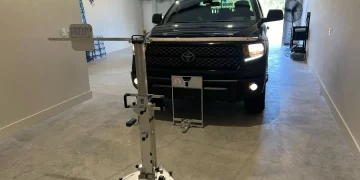
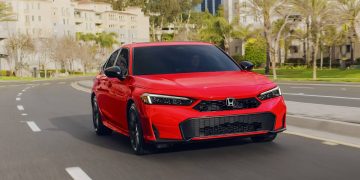
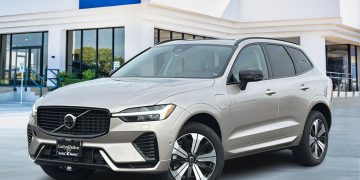
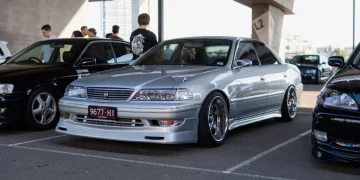

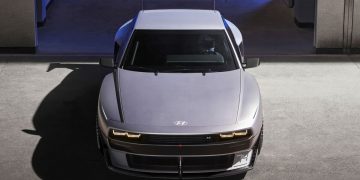
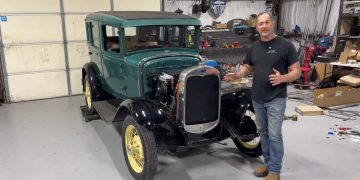

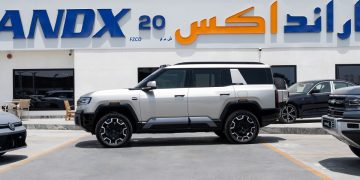

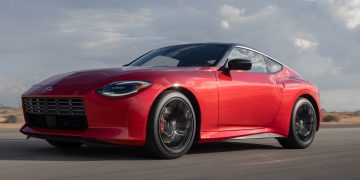


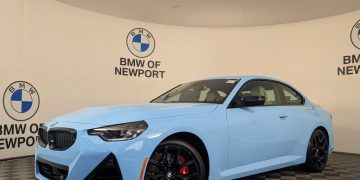
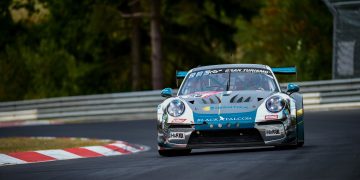

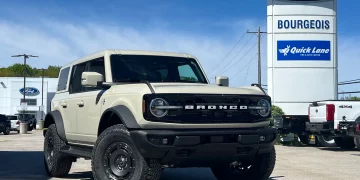
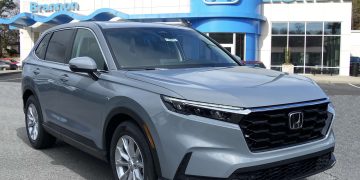
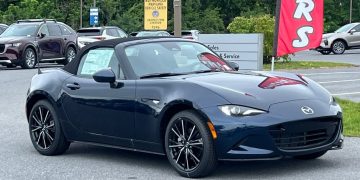
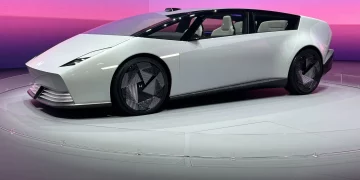
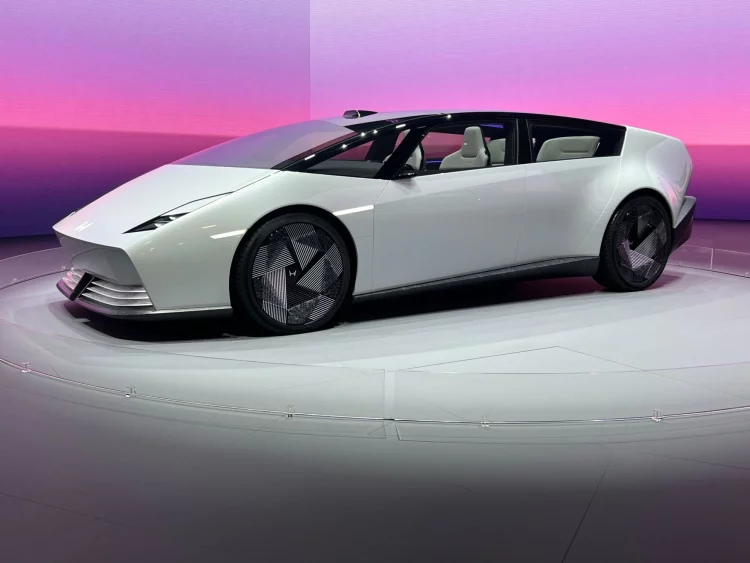












Discussion about this post